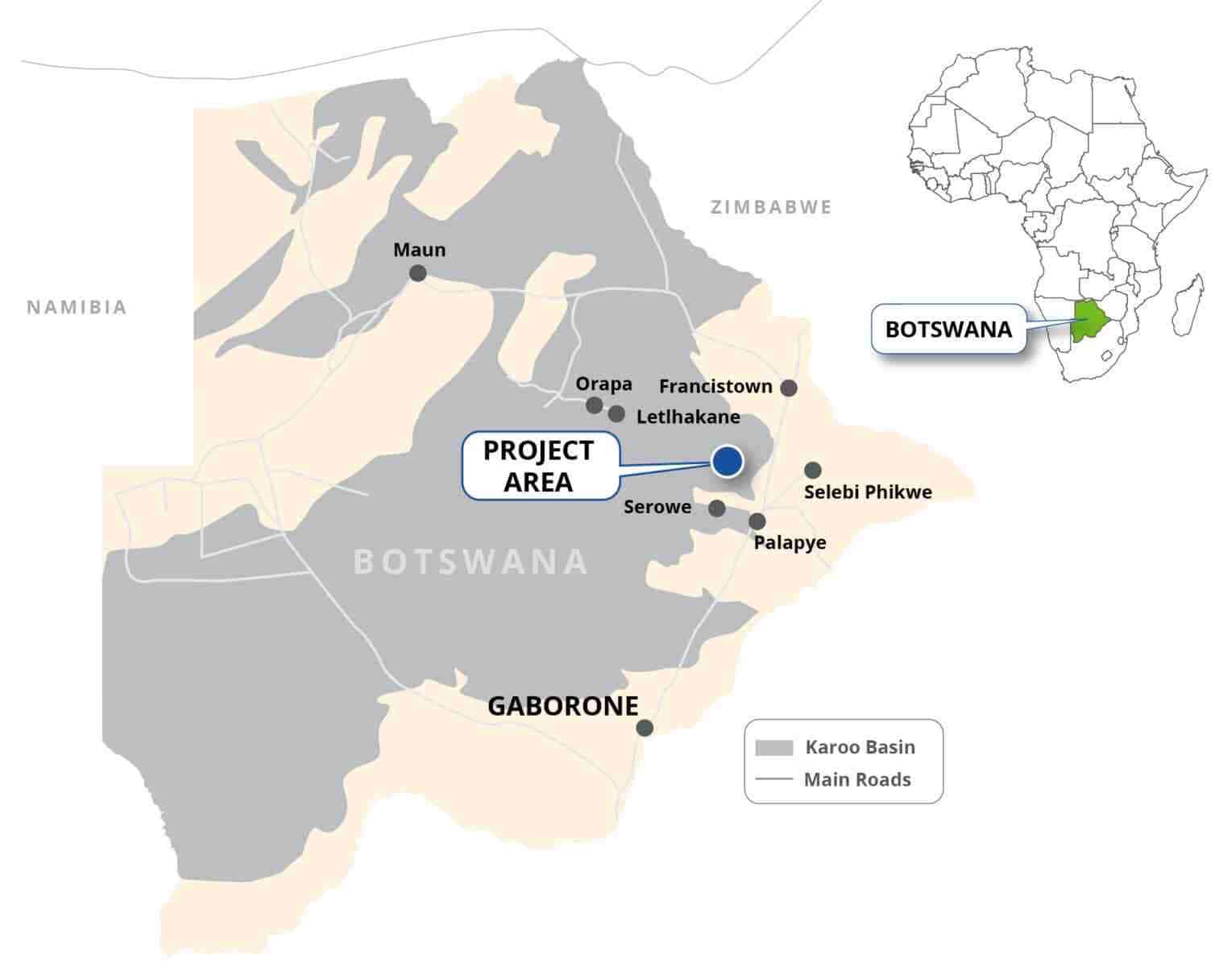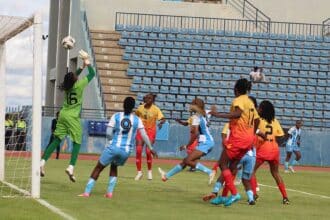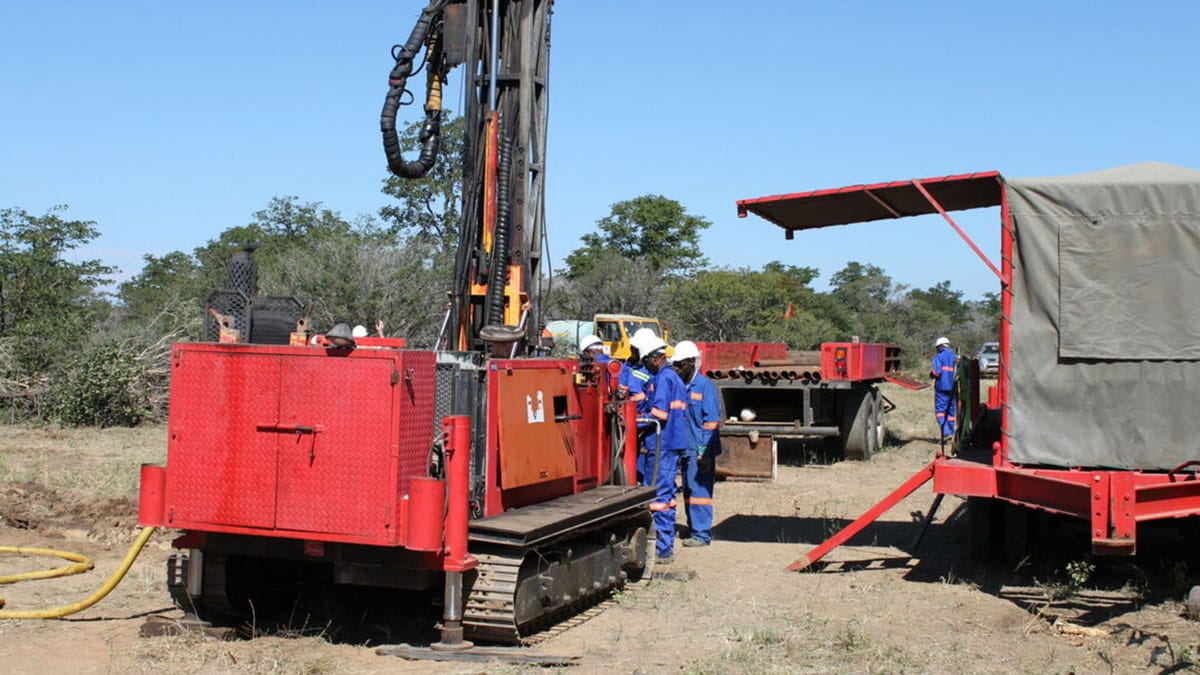Study Confirms Letlhakane As Long Life, High Value Uranium Project
A newly completed scoping study by Lotus Resources Limited has confirmed the Letlhakane uranium project in Botswana’s Boteti district as a highly commercially viable venture.
The study projects the mine could produce three million pounds of uranium annually, with the potential to extend its operational lifespan significantly.
In the base case scenario, the Letlhakane open pit mine is estimated to produce an impressive 42.3 million pounds of uranium oxide over a 15-year period.
This would come at a total cash cost of $42 per pound, though further optimization could reduce costs to as low as $36 per pound.
Lotus Resources CEO, Greg Bittar, expressed optimism about the project, highlighting its potential amid a favorable uranium market.
With uranium prices reaching up to $100 per pound, the Letlhakane project could recover up to 65 million pounds of uranium, a figure that could rise to 83 million pounds when low-grade stockpiles are included during the later stages of the mine’s operations.
The initial capital outlay for the project is estimated at A$465 million.

“Our scoping study clearly demonstrates Letlhakane’s merits as our second, longer-life uranium project that can meet the future supply shortfall,” said Bittar.
He also noted that in a strong long-term uranium price environment, Letlhakane would significantly extend Lotus Resources’ mining capabilities.
In addition to open-pit mining, Lotus has identified the potential for in-situ recovery (ISR) in deeper mineralised zones of the Letlhakane site.
ISR, a method commonly used in the U.S., involves injecting a solution into the ground to dissolve and extract minerals without the need for traditional excavation.
This innovative method could be particularly valuable for reducing costs in more challenging mining areas.
ISR specialist ERM Australia Consultants confirmed that the Letlhakane site is suitable for this technique, given its below-water-table location, flat tabular orebody structure, and the presence of essential aquitards that help control fluid movement during the extraction process.
Although the ISR method is still in its early stages of evaluation at Letlhakane, the initial results are promising.
Lotus plans to further explore this option through a comprehensive development programme.
“We are eager to assess the impact ISR could have on operational costs,” Bittar stated, adding that ISR could complement the proposed open-pit heap leach process.
Lotus Resources anticipates providing further updates on their ISR exploration and trade-off studies before moving on to a feasibility study.
Their goal is to advance the Letlhakane project swiftly to capitalize on the current buoyancy of the uranium market.
Letlhakane, one of the largest undeveloped uranium projects globally, boasts a resource base of 155 million tonnes at 345 parts per million, which contains 118 million pounds of uranium.
The project was granted a mining licence in 2016, with an additional prospecting licence obtained in April 2023.







